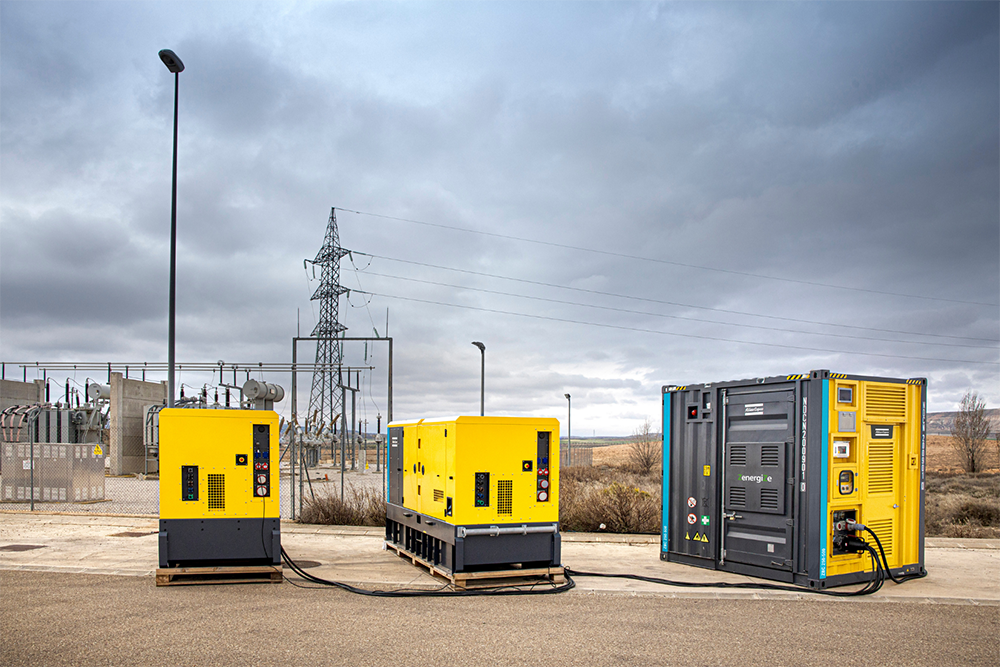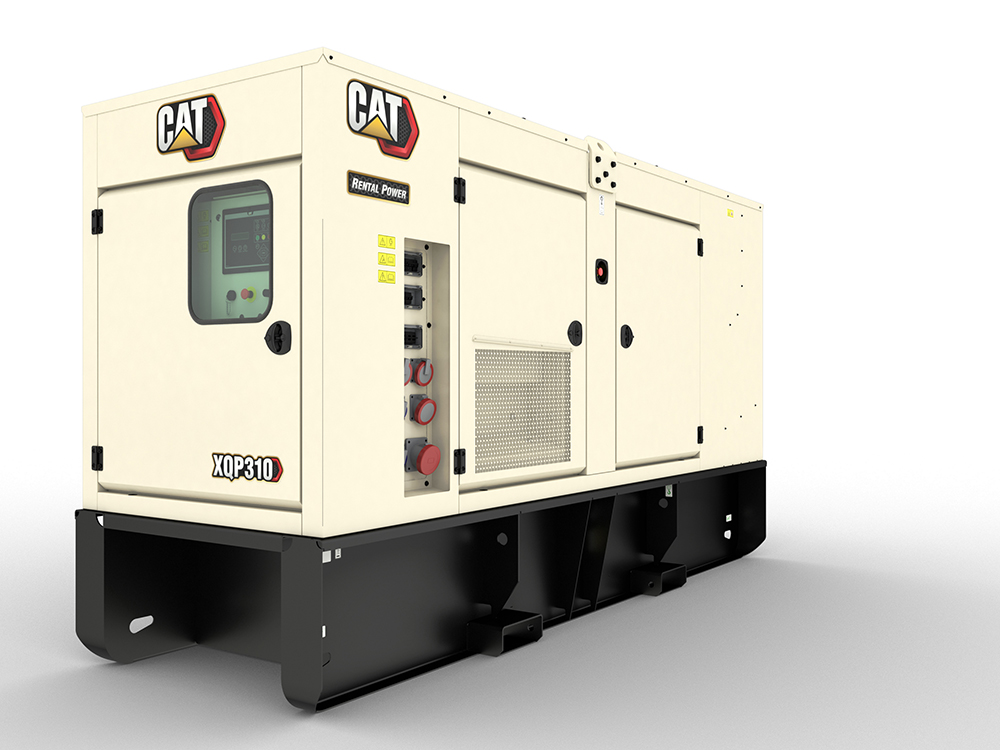
From Atlas Copco comes a new range of Energy Storage Systems combining hybrid technology with efficient diesel-driven generators. This option is said to provide sufficient power for peak demand as well as for low loads.
These systems utilise long-life, low maintenance, and high-density Lithium-ion (Li-on) batteries, coupled with diesel-driven generators. Hybrid power solutions help meet the tough sustainability targets while achieving productivity and efficiency.
Atlas Copco’s range of Energy Storage Systems offers users 40,000 hours of uninterrupted operation and an overload capability of 150%. These units can operate autonomously for up to 12 hours and recharge in 1.5 hours, while the batteries can function in temperatures from -20°C up to 50°C.

Nearly 70% more compact and lightweight than traditional alternatives, these Energy Storage Systems have zero emissions when running from the batteries alone. When working in hybrid mode, they reduce noise levels and fuel consumption. The models in the ZenergiZe Energy Storage Systems range – ZBP45, ZBE45, ZBC100-575, BC150-575, ZBC250-575, ZBC300-300, and ZBC500-250 – are suited to use in urban environments with noise restrictions.
Compared with a generator of 650 kVA, working as a standalone solution, a ZBC250-575 with a QAS+ 325 in hybrid mode can cut fuel consumption by up to 80%, equivalent to approximately 200tonnes of CO2 during its working life.
Atlas Copco’s Energy Storage Systems optimise generator performance, extending the lifespan by up to 15% and halving maintenance. The QAS+ system also features built-in power management that allows paralleling, optimising fuel consumption and eliminating generators from running at low load.
The QAS+ generators are Stage V compliant and around 5-8 dBA quieter than comparable units. With a footprint up to 25% smaller than its peers, the QAS+ is easy to transport and use onsite. The generator also features a smart variable speed drive fan, adjusting cooling flow as required.
Meanwhile, from Caterpillar comes the 310 kVA Cat XQP310 generator set, which meets the Stage V emissions standards. The Cat XQP310 follows the launch of the 200 kVA Cat XQP200 mobile generator set in 2021 and offers 12% more power than its predecessor. The unit is said to be versatile and can switch between 50 and 60Hz and across a range of voltages.
The generator uses proven technology and is equipped with Cat Connect technology to track and manage the generator set and improve efficiency. Through a subscription, the telematics send real-time information on fuel level, AdBlue/diesel exhaust fluid (DEF) level, battery voltage, and run status.

Cat mobile generator sets are equipped with the EMCP 4.2B digital control panel, which provides all generator set controls and system indicators in a single, easy-to-access interface. Programmable logic controller (PLC) functionality improves reliability and versatility.
They are designed with a dual-wall fuel tank with an open bund that can contain spills, while coastal ingress protection (CIP) enables operation in harsh conditions. Wide base frames, connections isolated from circuit breakers, and optional CEE sockets are designed to ease transportation, set-up and use. The units also have forklift pockets, dragging points, and a lifting arch to ease use onsite.
Cat mobile generator sets can use up to 100% hydrotreated vegetable oil (HVO), a renewable diesel fuel that reduces the carbon footprint of the engine.
In addition, Volvo Penta is further expanding its power generation range. The firm is offering a 500 kVA power node to its D13 genset engine. This is able to provide full power output the second it starts up, an essential feature for a backup genset.
Volvo Penta engines have undergone rigorous testing in a wide variety of applications in the toughest environments, -25°C, up to 60°C. The new D13 500 kVA is no exception and is characterised by its ability to immediately start and deliver the intended power, providing a reliable power backup for emergencies.
The D13 500 kVA is smaller and lighter when compared to previous models. The new unit also offers a fuel saving of 4-5%, compared to previous models. This is partly due to the quality and viscosity of the lubrication oil, which reduces friction in the engine.












